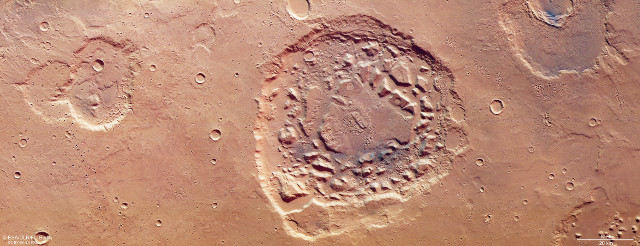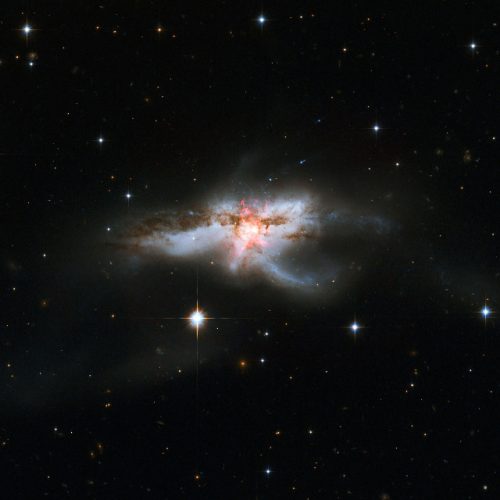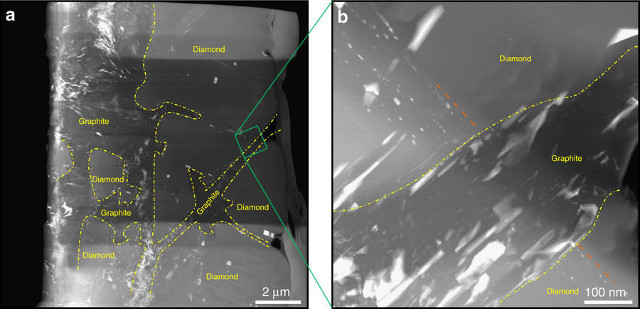
The uncertain origin of the Ismenia Patera crater on Mars
ESA has published new images of a crater called Ismenia Patera on the planet Mars captured by the Mars Express space probe. The red planet is full of craters but this is unique because generally those formations are the result of a meteorite impact while Ismenia Patera could be what remains of a supervolcano that was active when Mars was very young. A very violent volcanic activity may have caused the destruction of other traces of a supervolcano at the same time creating the strange, somewhat irregular formation we see today.





